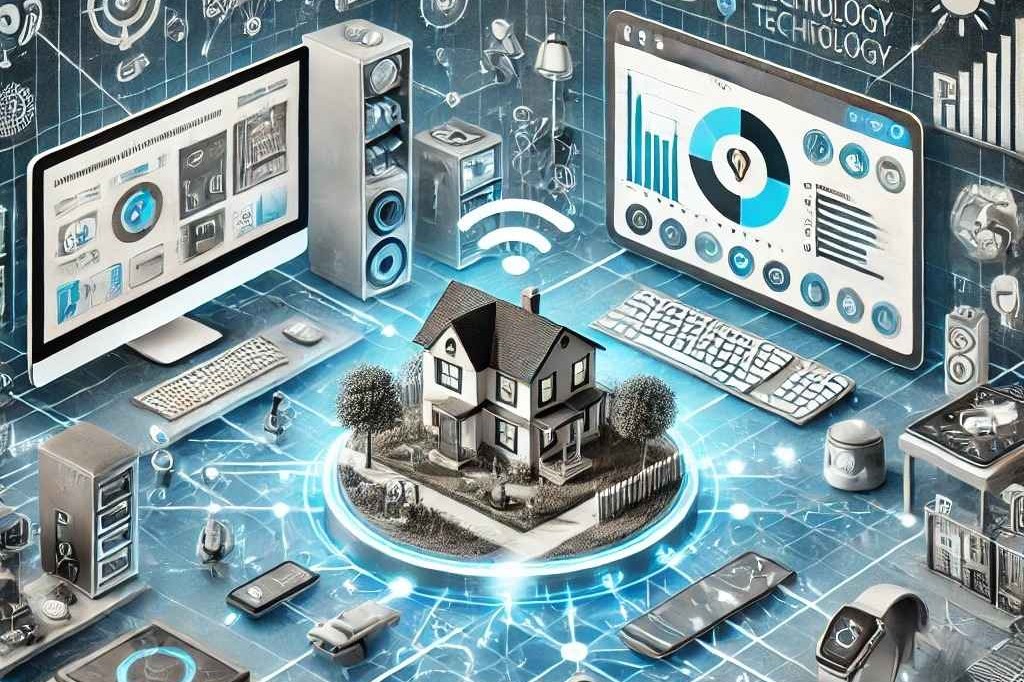30 August 2024
Managing Network Monitoring Technology for a Modern Lifestyle
From smart home devices to health and fitness applications, everything is connected through complex and extensive networks. Behind the scenes, network monitoring plays a crucial role in ensuring all these devices function properly while we enjoy a modern, increasingly connected, and comfortable lifestyle. This article will discuss how network monitoring and lifestyle are interconnected and the importance of keeping both running harmoniously.
What is Network Monitoring?
Network monitoring is the process of overseeing the operation and performance of a computer network, including connected devices, data traffic, and potential issues that may arise. The main goal of network monitoring is to ensure that all network elements function optimally, detect anomalies or disruptions, and provide the necessary information for corrective actions.
Impact of Network Monitoring on Lifestyle
Reliable Connectivity
In modern life, reliable internet connectivity is a basic necessity. From remote work to streaming entertainment, everything relies on a stable and fast network. Network monitoring helps ensure that our internet connection remains reliable by monitoring performance and identifying and resolving issues before they disrupt our activities.
Data Privacy
With the increasing use of IoT (Internet of Things) devices at home, such as smart security cameras, thermostats, and health devices, data privacy becomes very important. Network monitoring plays a key role in detecting hacking attempts and maintaining the integrity of our personal data, allowing us to enjoy the convenience of technology without sacrificing privacy.
Optimization of Smart Devices
Many modern households use various smart devices connected to the network. Network monitoring helps optimize the performance of these devices by ensuring they are always properly connected and functioning efficiently. For instance, devices like smart speakers, automated lighting, and home security systems can operate more smoothly with effectively monitored networks.
Digital Health Management
Health applications and digital devices like smartwatches and fitness trackers have become part of a healthy lifestyle for many people. Network monitoring ensures that the data collected by these devices is transmitted and stored securely and accessed easily by users. This enables individuals to track their health progress and make better lifestyle decisions.
Network Monitoring Techniques that Support Lifestyle
Real-time Monitoring
Real-time monitoring allows immediate detection of network issues. With this technique, network administrators can quickly identify when there are disruptions or performance drops and take immediate action to restore connectivity. This is crucial for supporting daily activities that rely on the internet.
Layered Security
Implementing strong security protocols and data encryption is a critical part of network monitoring. This technique protects personal data from cyber threats, which is highly relevant in the context of smart homes and digital health applications.
Data Analytics and AI
The use of data analytics and artificial intelligence (AI) in network monitoring helps proactively identify usage patterns and potential issues. By analyzing network traffic data, systems can provide recommendations for performance optimization and problem prevention in the future.
Network monitoring and modern lifestyle are two mutually supportive aspects of our digital lives. With effective network monitoring, we can enjoy reliable connectivity, assured data privacy, optimized smart devices, and better digital health management. Techniques such as real-time monitoring, layered security, and data analytics play a crucial role in ensuring that our networks are always ready to support an increasingly connected and intelligent lifestyle. Therefore, network monitoring is not just about technology but also about enhancing our quality of life in the digital era.
Is this information helpful?
